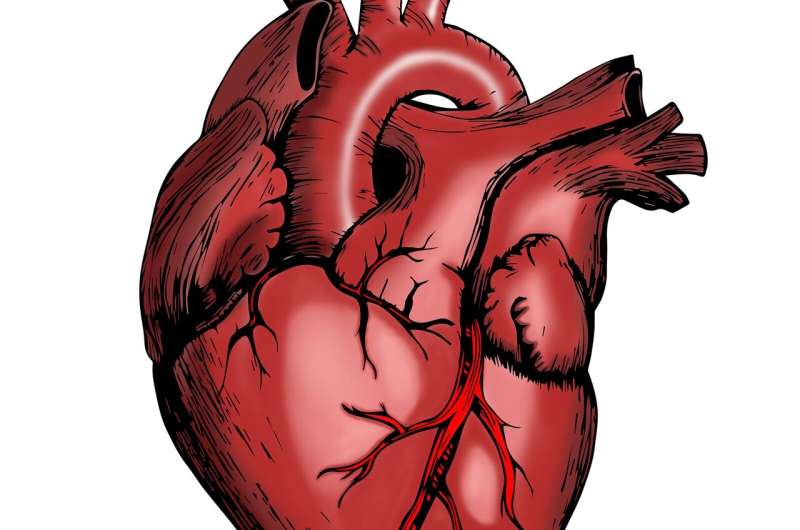The Importance of the Sit-to-Stand Test in Monitoring Your Health and Aging Well

Regularly performing the simple movement of standing up from a seated position — the sit-to-stand test — can provide vital insights into your overall health, especially as you age. If you or a loved one find it challenging to rise from the toilet without using your hands, this might seem like a minor inconvenience. However, in medical terms, this difficulty can be an early indicator of frailty, a condition that significantly threatens independence and quality of life.
Frailty is characterized by reduced muscle mass, strength, and energy, increasing the risk of falls, hospitalization, slower recovery from illnesses, and even early death. It’s often mistaken as an inevitable part of aging, but research shows that frailty can begin as early as your 30s and worsens after 60. The encouraging news is that it can be prevented or even reversed through targeted lifestyle changes, particularly diet and physical activity.
Interestingly, carrying some extra weight in older age might be beneficial, provided it includes muscle mass rather than fat. A higher Body Mass Index (BMI) within the overweight range has been associated with better health outcomes than being underweight. The key lies in body composition—the ratio of muscle to fat. Lean muscle allows for better mobility, balance, and resilience to illness, whereas excess visceral fat around internal organs increases disease risk.
Aging affects the body's ability to efficiently use protein for muscle maintenance, making adequate protein intake essential for older adults. Consuming about 1 to 1.2 grams of protein per kilogram of body weight daily supports muscle health; for example, a 70kg individual should aim for approximately 70–85 grams daily, spread across all meals. Good sources of protein include dairy products, eggs, lean meats, oily fish, legumes, tofu, nuts, seeds, and whole grains.
In addition to protein, maintaining adequate calorie intake is vital. Undereating, especially when ill, can lead to muscle breakdown, further compounding weakness.
The principle of “move it or lose it” holds true—regular strength training is crucial for preserving muscle mass. You don’t need a gym; bodyweight exercises like sit-to-stand repetitions, stair climbing, gardening, squats, lunges, push-ups, and resistance band workouts are effective options. Incorporating these exercises two to three times weekly can greatly enhance strength and independence.
Being alert to early warning signs such as difficulty standing up, feeling weaker when carrying objects, or avoiding stairs can prompt timely intervention. Keeping track of your sit-to-stand ability offers a simple yet powerful way to monitor your functional health.
To promote healthy aging, experts recommend five key practices:
- Include protein in every meal.
- Engage in regular strength training exercises.
- Accept healthy weight gain, especially if recent weight loss has occurred.
- Stay active daily through walking, stretching, or light activity.
- Regularly assess your mobility, particularly your sit-to-stand performance.
While aging is inevitable, maintaining muscle strength and function is within your control. These habits support not only physical health but also dignity and autonomy as you grow older. Remember, the next time you sit down and stand up, think about whether your muscles are ready for the challenge—it might be the most important health check you do today.
Source: https://medicalxpress.com/news/2025-04-important-health-today.html
Stay Updated with Mia's Feed
Get the latest health & wellness insights delivered straight to your inbox.
Related Articles
Innovative Approach: Turning Fitness Tools into Personal Motivators to Enhance Exercise Engagement
Discover how anthropomorphizing fitness equipment can boost motivation and engagement in exercise routines, offering innovative solutions to combat physical inactivity.
Essential Tips from a Biokineticist for Maintaining a Healthy Heart
Discover essential exercise and lifestyle strategies from a biokineticist to maintain a healthy heart, prevent cardiovascular disease, and improve overall well-being.
Water Fitness: How Aqua Exercise Promotes Health and Recovery
Discover how water-based exercise harnesses buoyancy, support, and resistance to promote safe, effective fitness, rehabilitation, and overall well-being.



